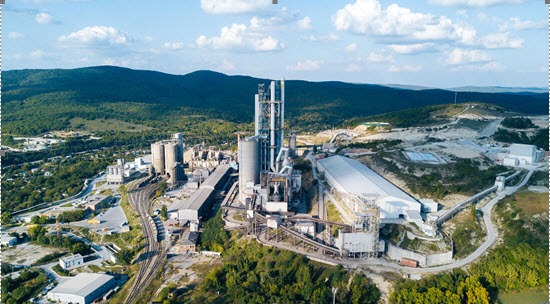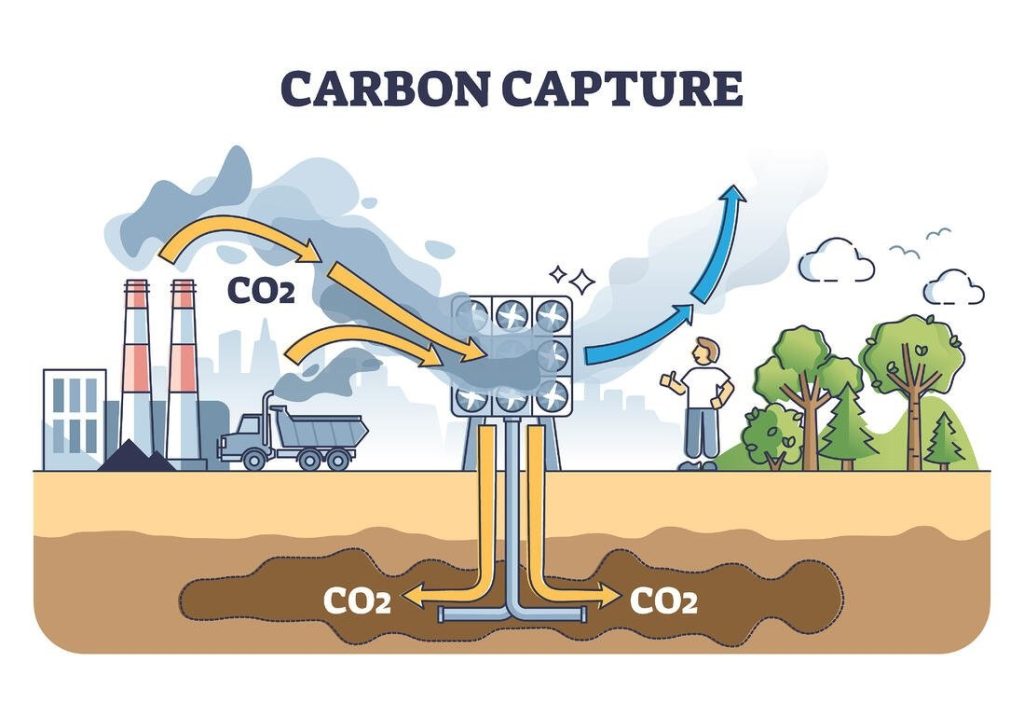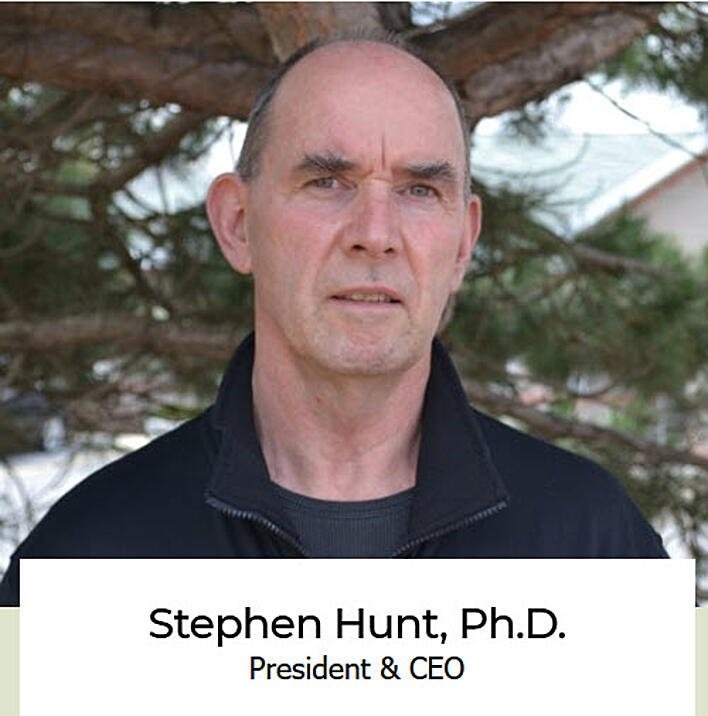
Professor David Layzell is a co-founder of Qubit Systems and a highly recognized scientist as reflected in his being presented the CD Nelson Award from the Canadian Society of Plant Biologists, the E.W.R. Steacie Fellowship from NSERC, and his election as a Fellow of the Royal Society of Canada. In the late 1990s, David set up BIOCAP Canada, a national research foundation to advance biological solutions to climate change, and in 2008 became Executive Director for the Institute for Sustainable Energy, Environment and Economy (ISEEE) at the University of Calgary. In 2013, he set up the Canadian Energy Systems Analysis Research (CESAR) initiative which led to the 2019 launch of the Transition Accelerator, a pan-Canadian, non-profit organization to speed the transition to net-zero emission energy systems. David is now the Energy Systems Architect for the Transition Accelerator where he leads efforts to deploy a hydrogen economy across Canada. Below, we provide links to a small selection of David’s extensive publications related to this energy transition.
Towards net-zero emission cement and power production using Molten Carbonate Fuel Cells. Daya R.Nhuchhen, Song P. Sit, David B. Layzell. Applied Energy, Vol. 306, Parat B, Jan 2022, 118001 https://doi.org/10.1016/j.apenergy.2021.118001

Decarbonizing cement production is especially challenging since more than 50% of the emissions are not linked to fuel use, but from the process of converting limestone rock to the ‘clinker’ used to make cement. To mitigate both the process and energy emissions, an integrated low emission cement and power production (LECAPP) system was designed to incorporate an external reforming molten carbonate fuel cell. Natural gas or high-density polyethylene was used to make the hydrogen needed by the fuel cells to generate a concentrated stream of CO2 for sequestration, and a supply of low carbon electricity that could be exported to the grid. Compared to a traditional natural gas-fired cement plant, the LECAPP system provides a 92% reduction in emissions associated with clinker production while generating grid electricity that has less than 10% of the carbon intensity of the local grid. The LECAPP system is an exciting advance towards net zero-emission energy systems.
Early atmospheric detection of carbon dioxide from carbon capture and storage sites. Nasrin Mostafavi Pak, Ofelia Rempillo, Ann-lise Norman & david B. Layzell (2016) Journal of the Air & Waste Managment Association, Vol 66, Issue 8 https://doi.org/10.1080/10962247.2016.1176084

A novel gas exchange technique was developed incorporating Qubit’s unique S104 Differential Oxygen Analyzer used in conjunction with a CO2 analyzer for atmospheric detection of carbon dioxide (CO2) leaks from carbon capture and storage (CCS) sites. Such early detection is important for remediation efforts and to gain public trust and support for CCS in reducing greenhouse gas emissions. The technique allowed assessment of the origin of atmospheric CO2 plumes to determine whether the enriched CO2 originated from a CCS site or from the oxidation of carbon compounds, based on the differential concentration ratio (GDCR = −ΔO2/ΔCO2). Theoretical calculations indicate GDCR values for a CO2 leak at 0.21, compared to GDCR values of 1–1.8 arising from the combustion of carbon compounds.
Anthropogenic energy and carbon flows through Canada’s agri-food system: Reframing climate change solutions. Adekunbi B. Adetona & David B. Layzell Anthropocene Vol 27, Sep 2019 https://doi.org/10.1016/j.ancene.2019.100213

This study compiled data on energy and carbon flows through Canada’s agri-food systems, and compared it with similar flows through the nation’s system for crude oil recovery and refining of petroleum products (RPP). Over the 2010 to 2013 period, total photosynthesis-derived carbon flow in the agri-food system was almost identical to that of the crude oil/RPP system. However, only 14% of the agri-food carbon ended up as food, fuels, or other useful end products, compared to 91% of the energy and carbon in the crude oil/RPP system. The study highlights the need to develop strategies to better utilize the residual energy and carbon that is considered waste in the existing agri-food system. Success in doing so could make a valuable contribution in reducing the greenhouse gas emissions from the agri-food system.
Other Qubit Staff Involved in Climate and Food Security Research

Activation tagging identifies Arabidopsis transcription factor AtMYB68 for heat and drought tolerance at yield determining reproductive stages. Mingde Deng, Yang Wang, Monika Kuzma et al. The Plant Journal Issue 6, December 2020; 1535-1550 https://doi.org/10.1111/tpj.15019
Using a developmentally defined, gain-of-function genetic screen with approximately 18 000 Arabidopsis thaliana activation-tagged lines, a mutant was identified that maintained a productive seed set following severe heat stress during flowering. Over-expression analysis confirmed that a nuclear-localized transcription factor AtMYB68AtMYB68 was responsible for the reproductive heat tolerance of the mutant. The mutant showed enhanced abscisic acid sensitivity during and after germination, reduced transpirational water loss during a drought treatment, and enhanced seed yield under combined heat and drought stress during flowering. These traits were transferred by ectopic expression of AtMYB68 in Brassica napus which showed significant yield advantages over non-transgenic controls, in multiple locations, during multiple season field trials under various drought and heat stress conditions. The results suggest that AtMYB68 is an effective target for crop yield maintenance during the current global climate crisis

Dr. Steve Hunt has published extensively with Professor Dave Layzell and Dr. Monika Kuzma, and others, concerning the physiology of photosynthesis, respiration, and nitrogen fixation. He is an adjunct professor at Queen’s University in Kingston, Ontario, a member of the Industrial Advisory Committee of the Global Institute for Food Security, and has considerable expertise in high-throughout plant phenotyping for laboratory and field applications. He oversees large-scale installations of phenotyping projects worldwide and is on the organizing committees for the biennial International Plant and Algal Phenotyping conference in Europe, and the annual Plant Imaging and Research Centre (P2IRC) symposium at the University of Saskatchewan.
For information concerning Qubit Phenomics’ plant phenotyping products, please visit: https://www.qubitphenomics.com/
Contact us about your Equipment Needs. Qubit scientific and technical staff have extensive research and teaching experience in broad areas of the biological and environmental sciences. Whatever your instrumentation needs, please visit www.qubitsystems.com and call us to discuss your requirements with our friendly and knowledgeable team.
I have been using one of your CO2 monitoring systems for atmospheric CO2 measurements, successfully and continuously since 2010 and would like to thank you for manufacturing such a reliable instrument.

